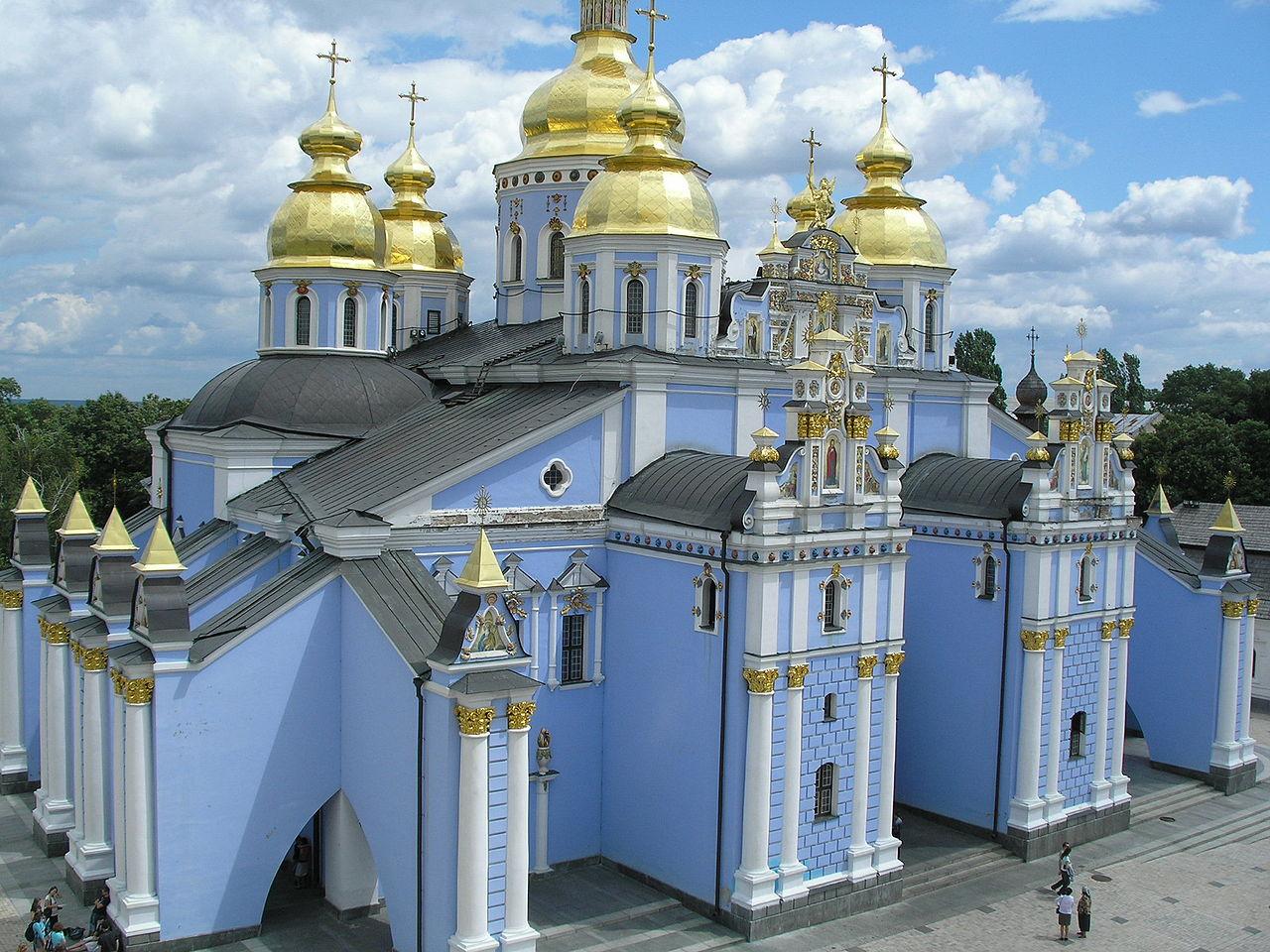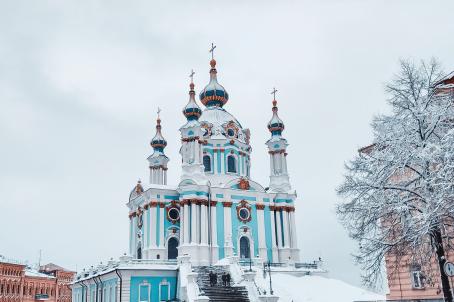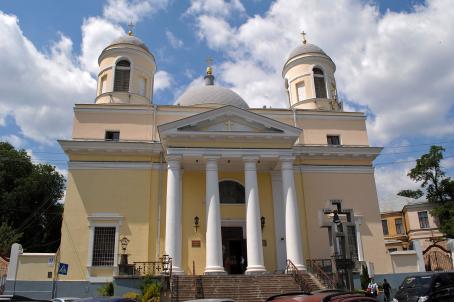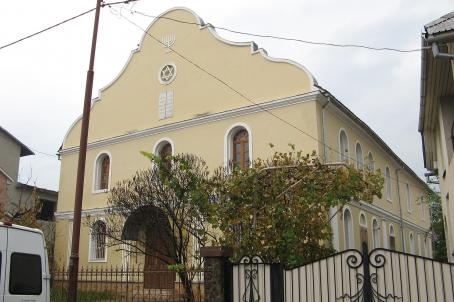St. Michael's Golden-Domed Monastery
The golden-domed monastery of St. Michael is the cathedral of the Ukrainian Orthodox Church. Built in 1108-1113, the building was rebuilt in a Baroque style in the 18th century. Demolished by the soviets, the church did not reopen before 1999.






